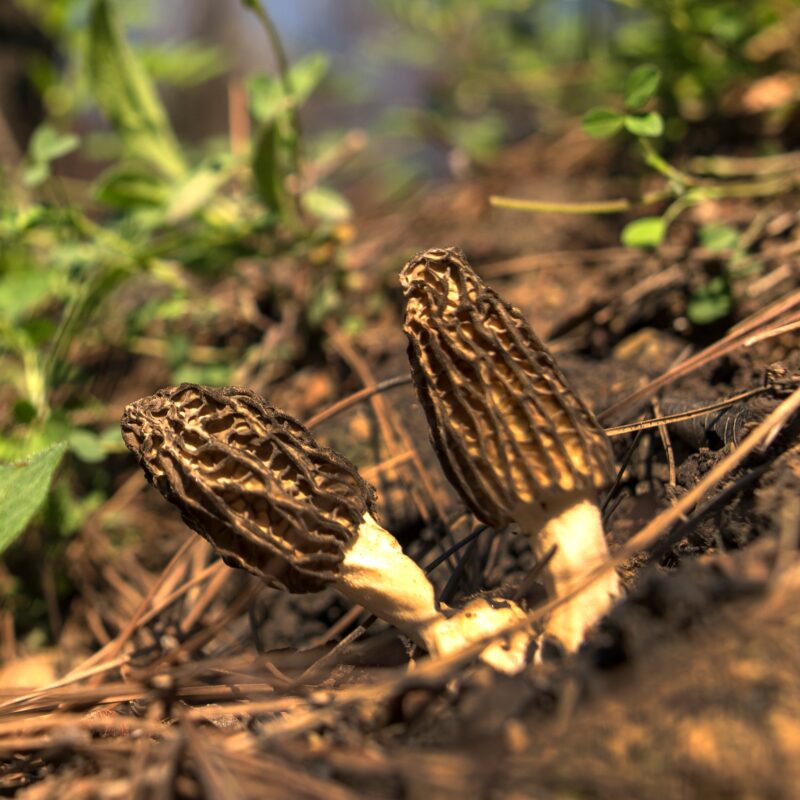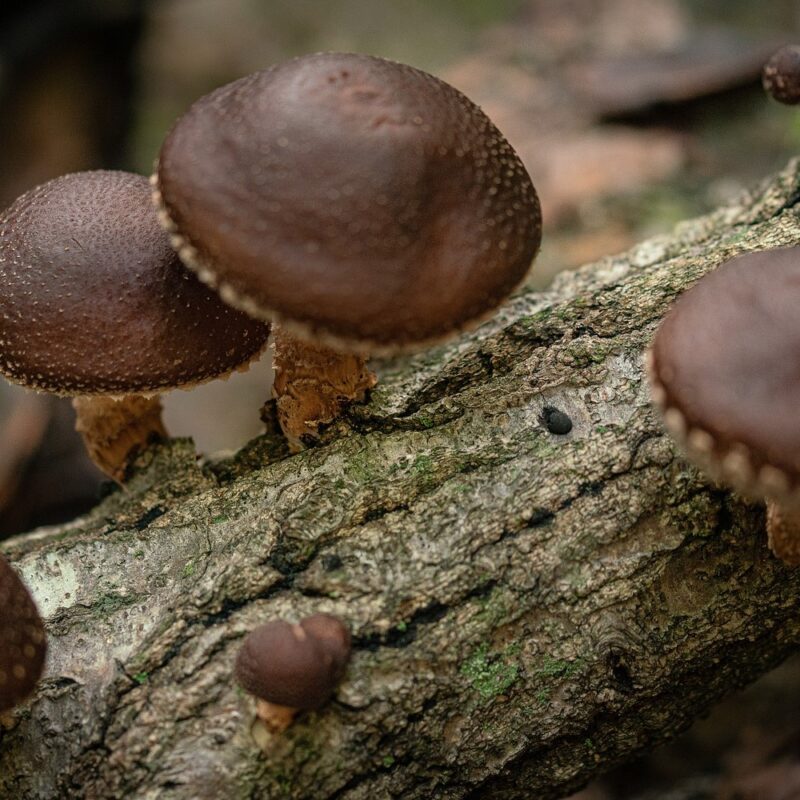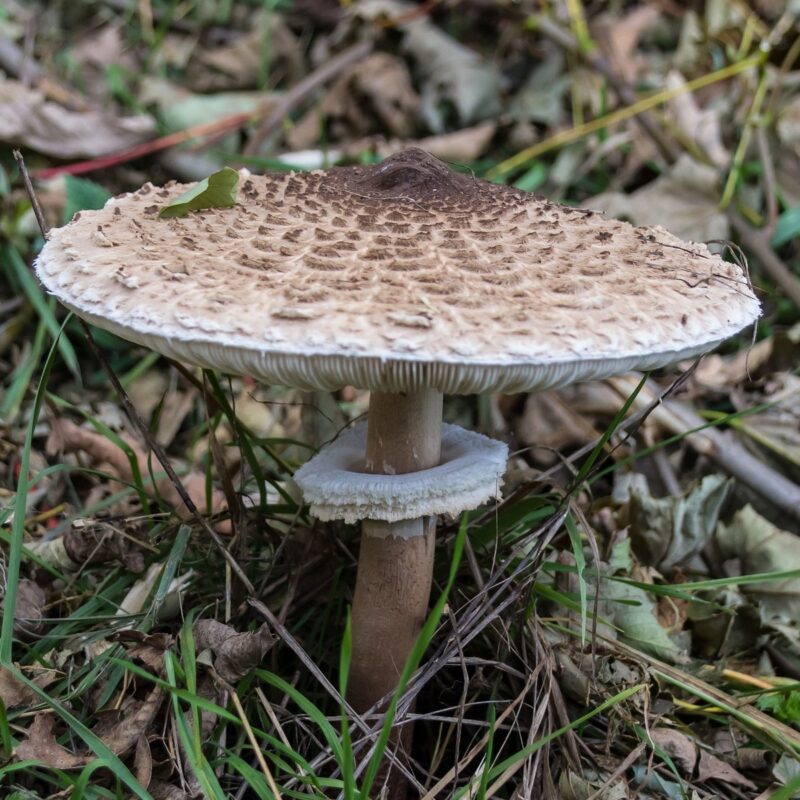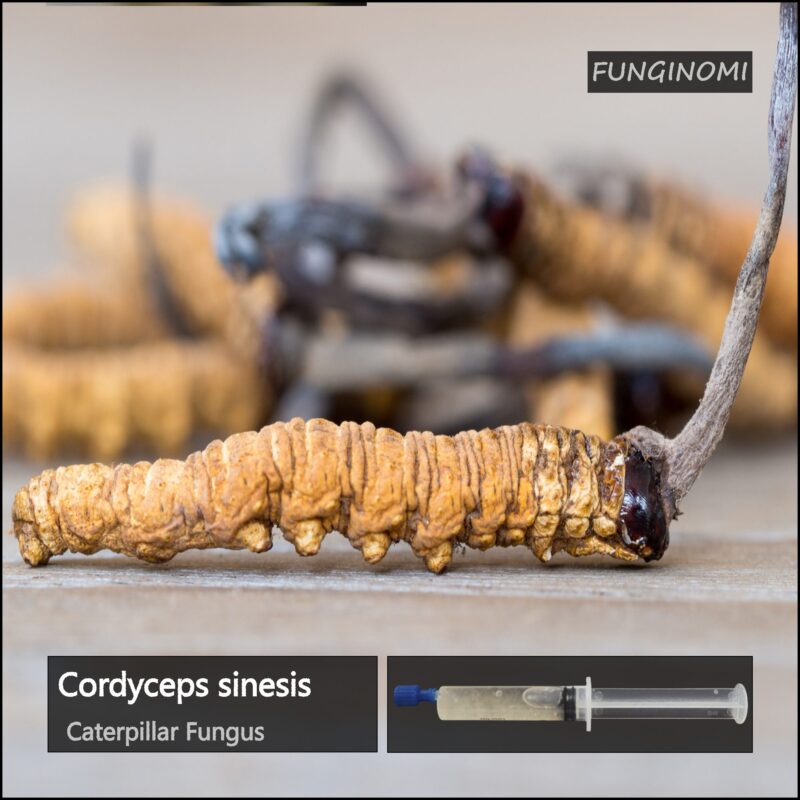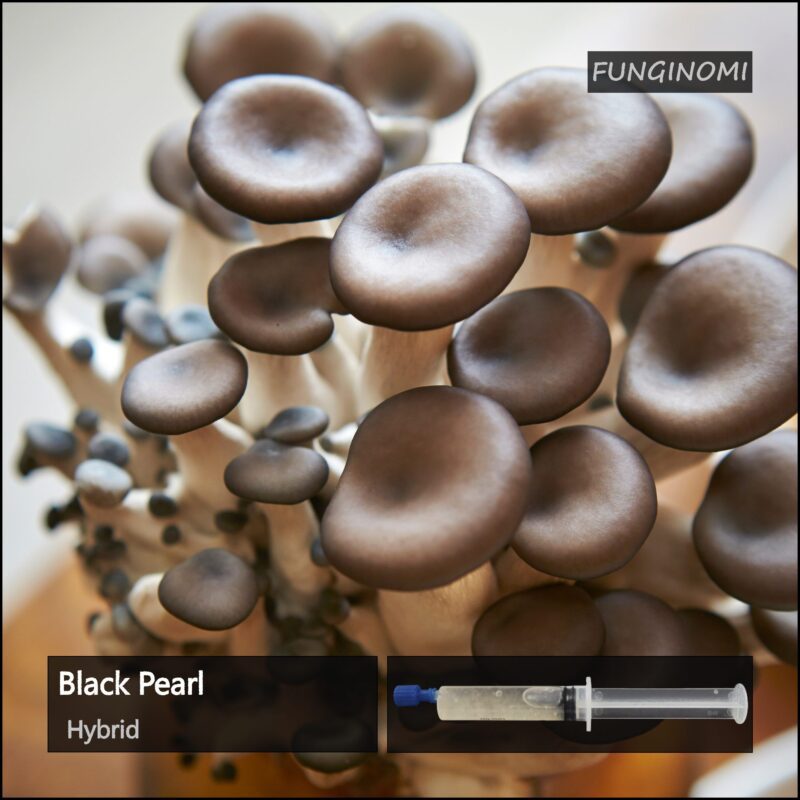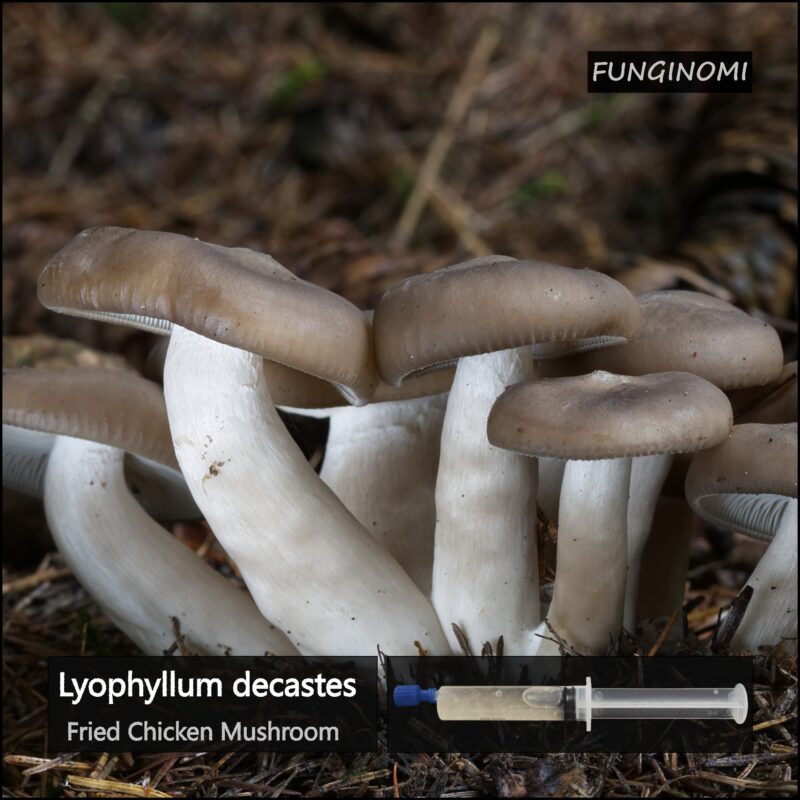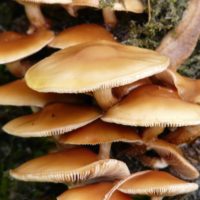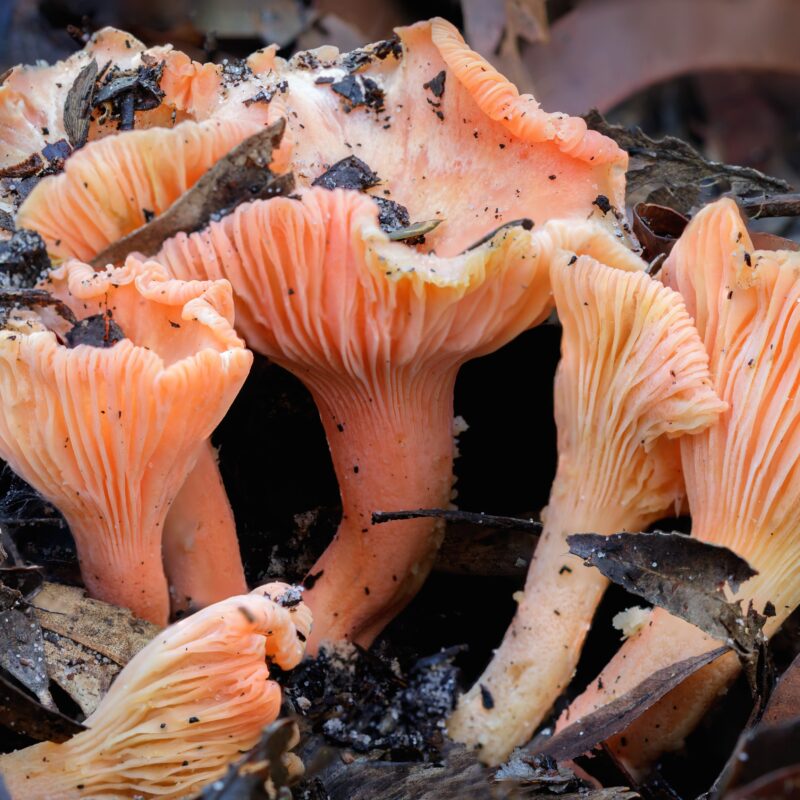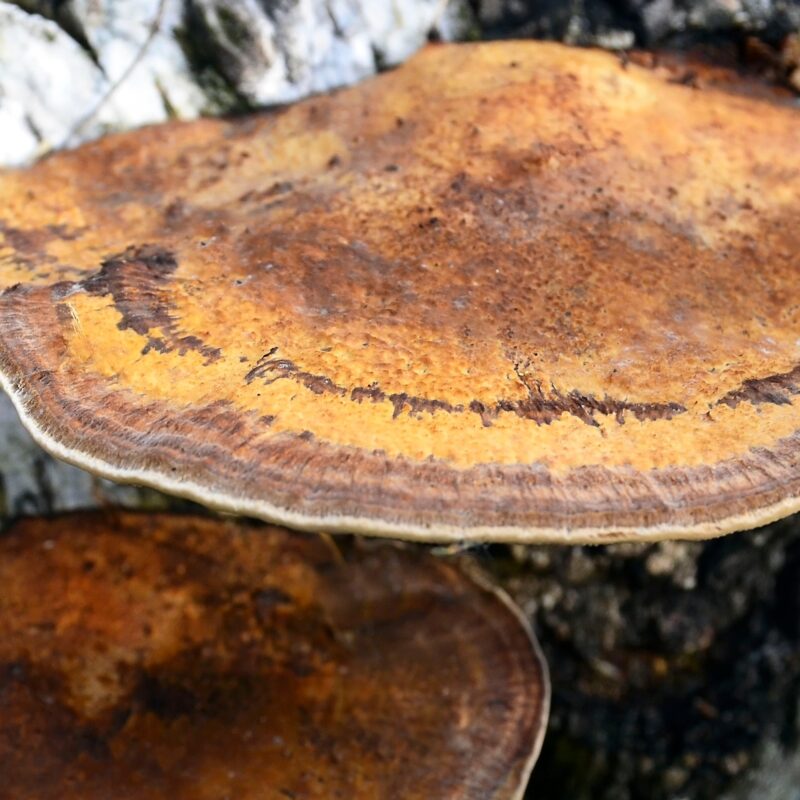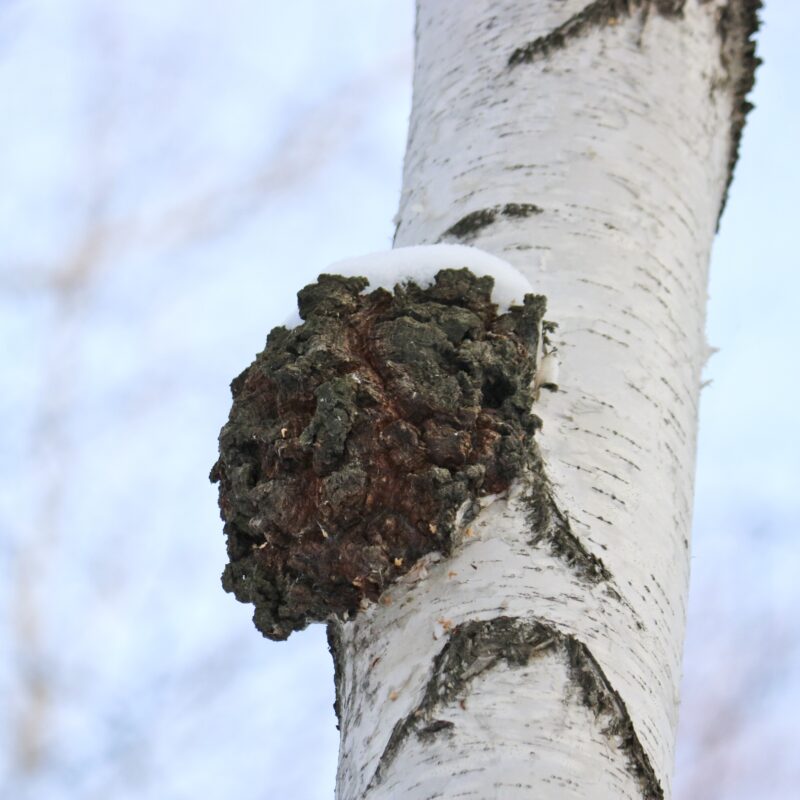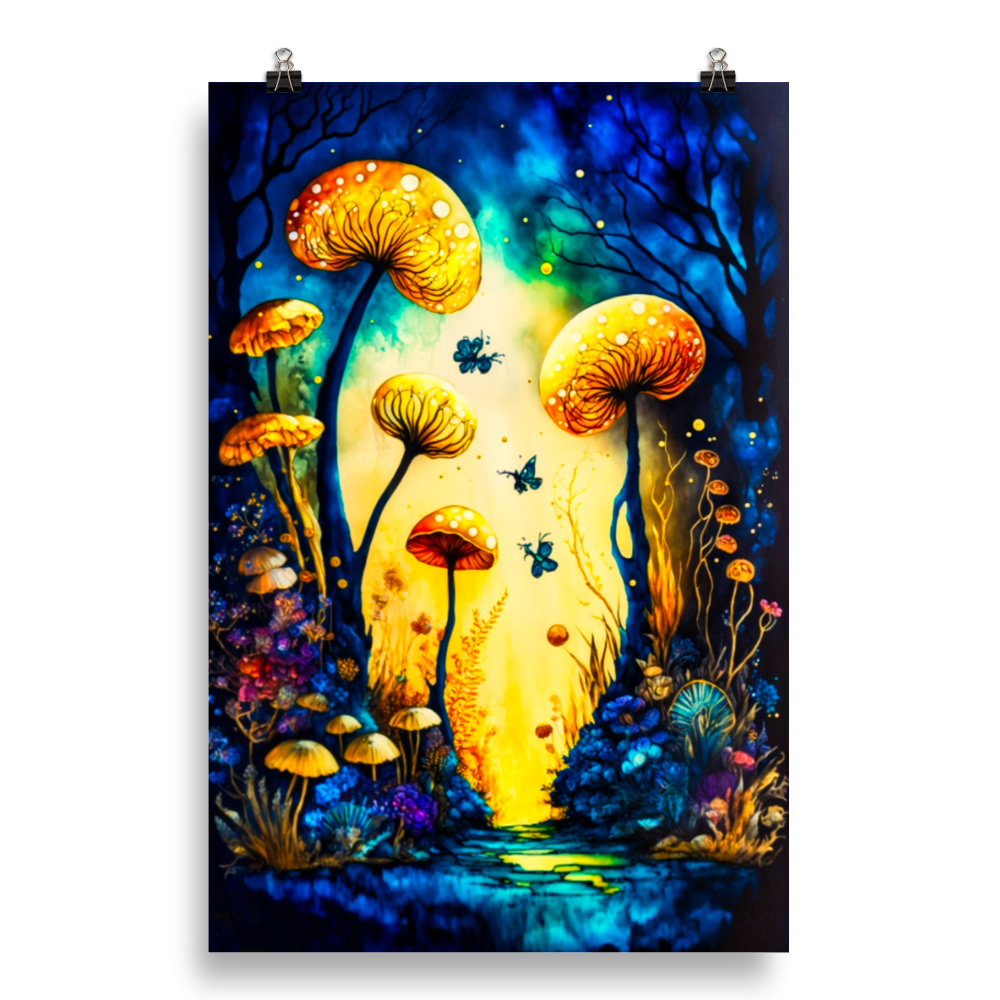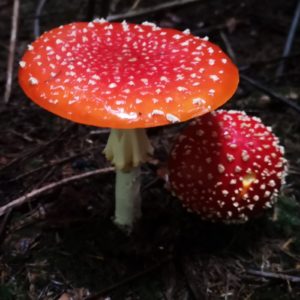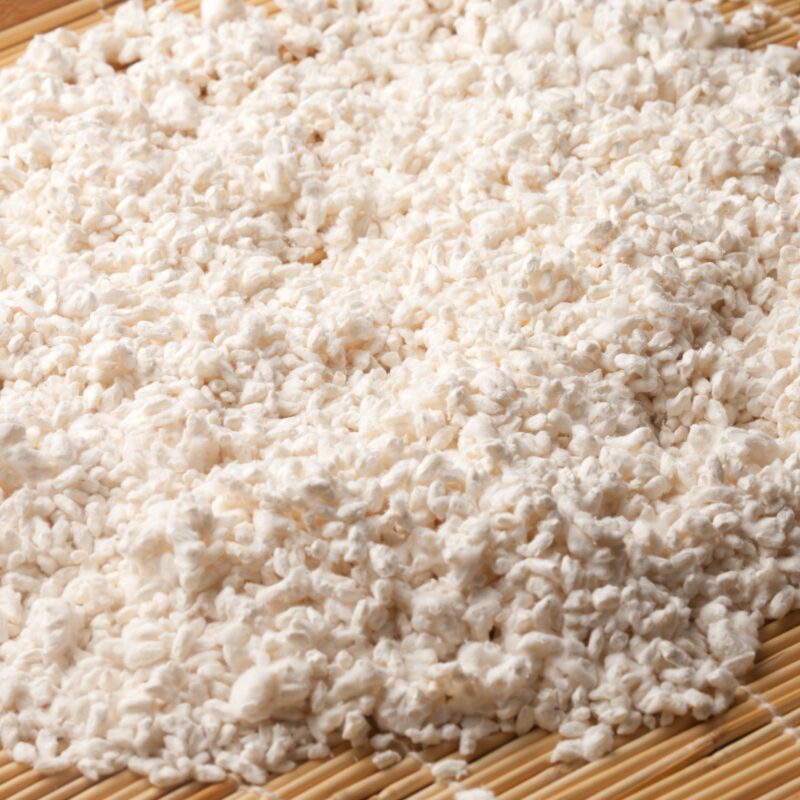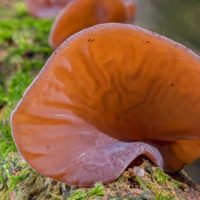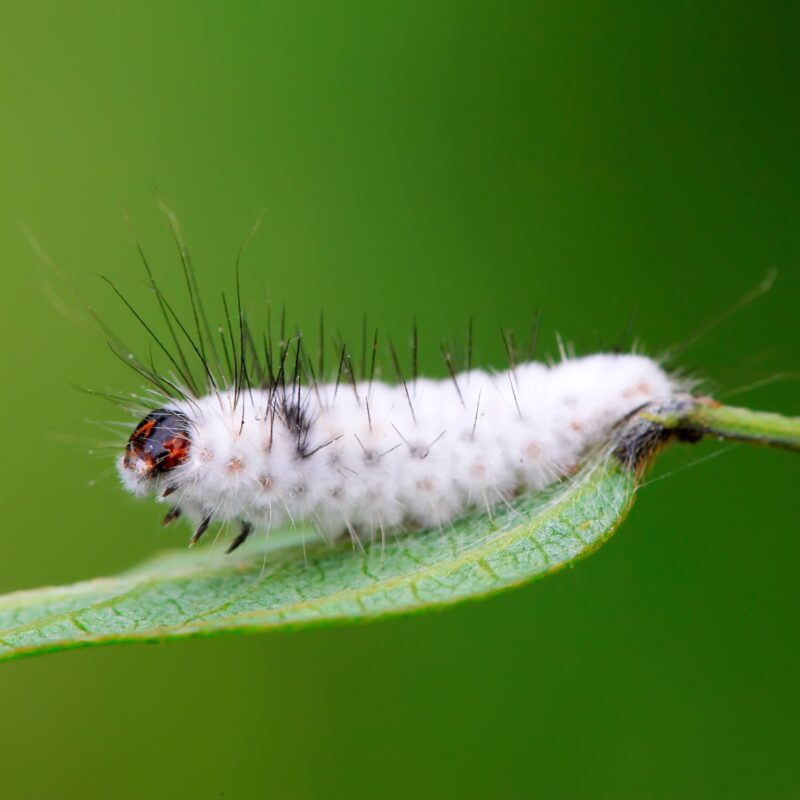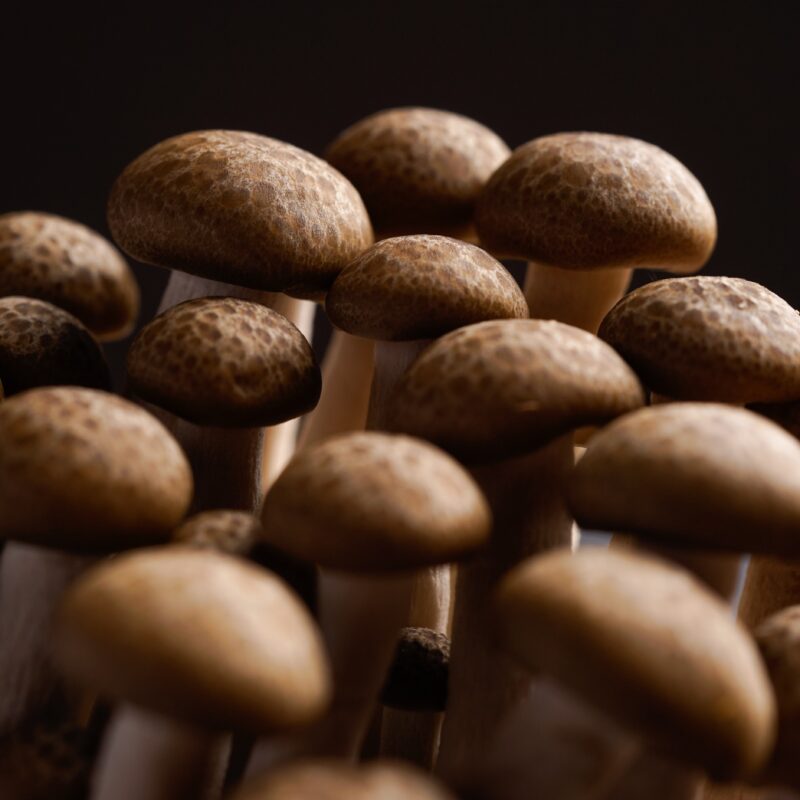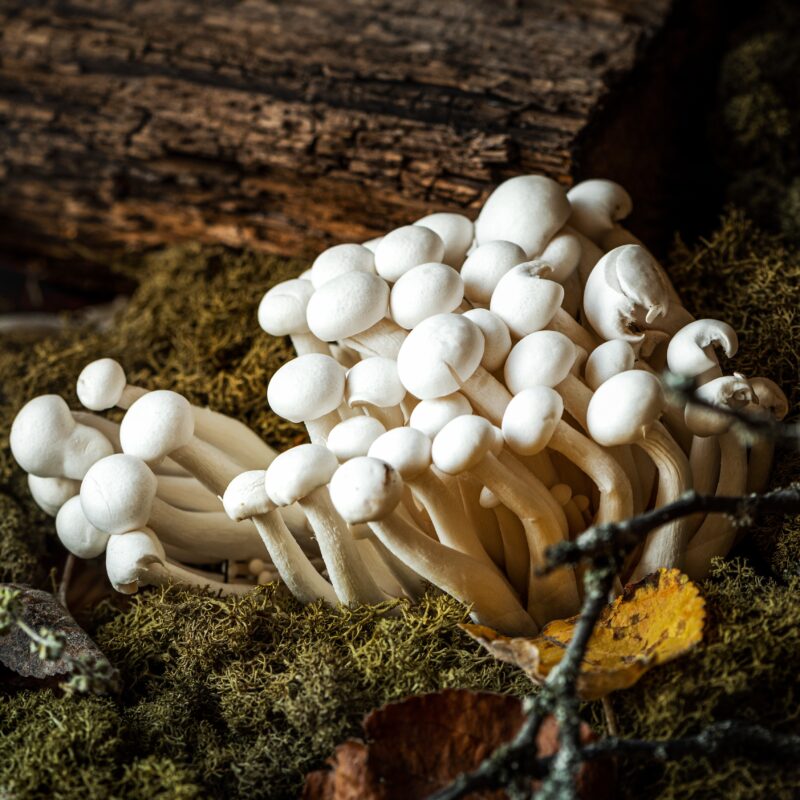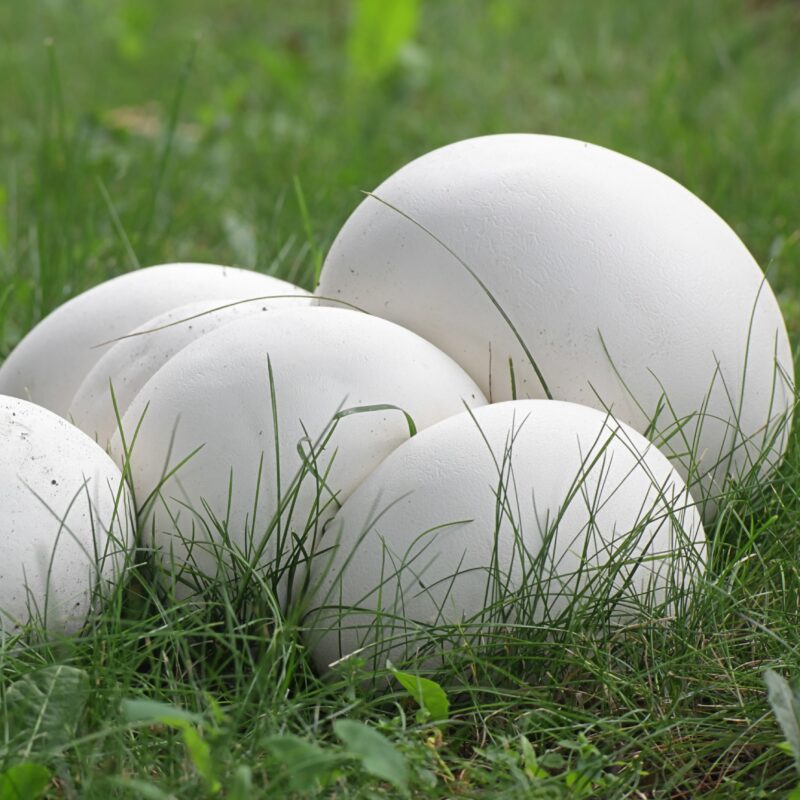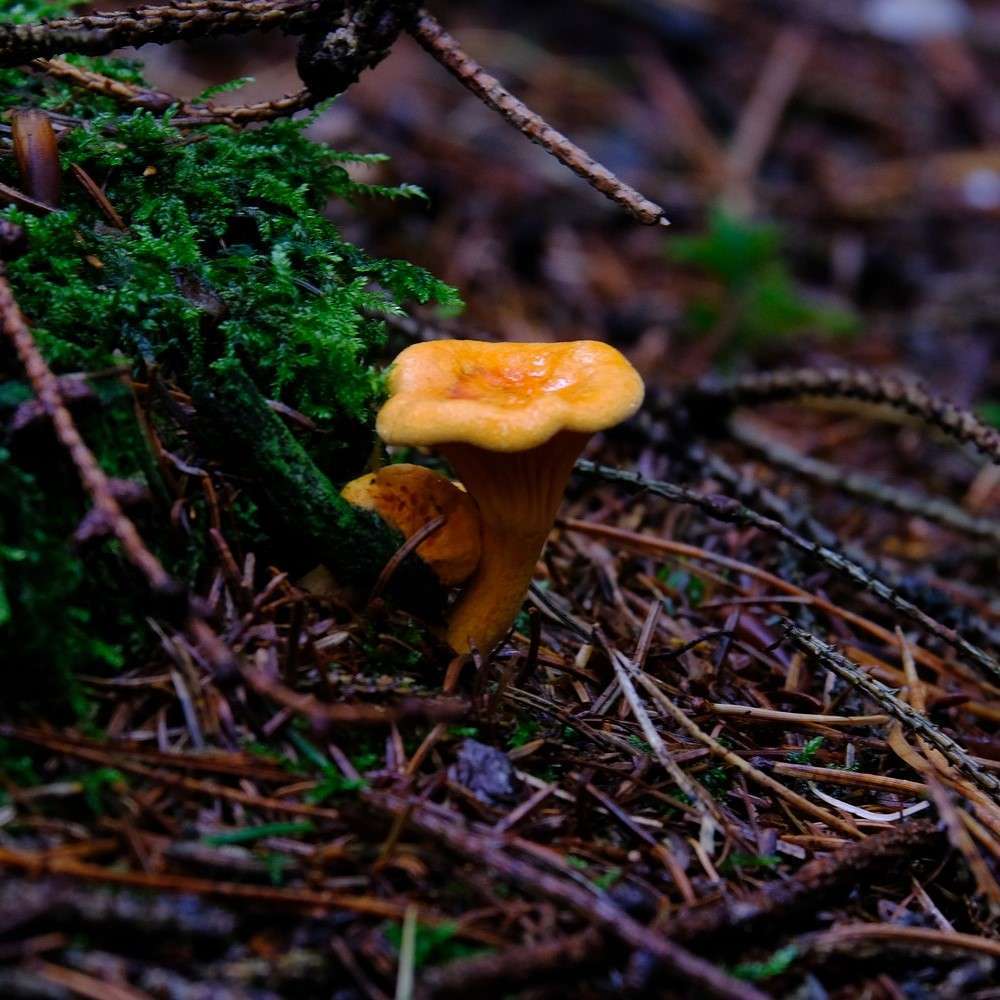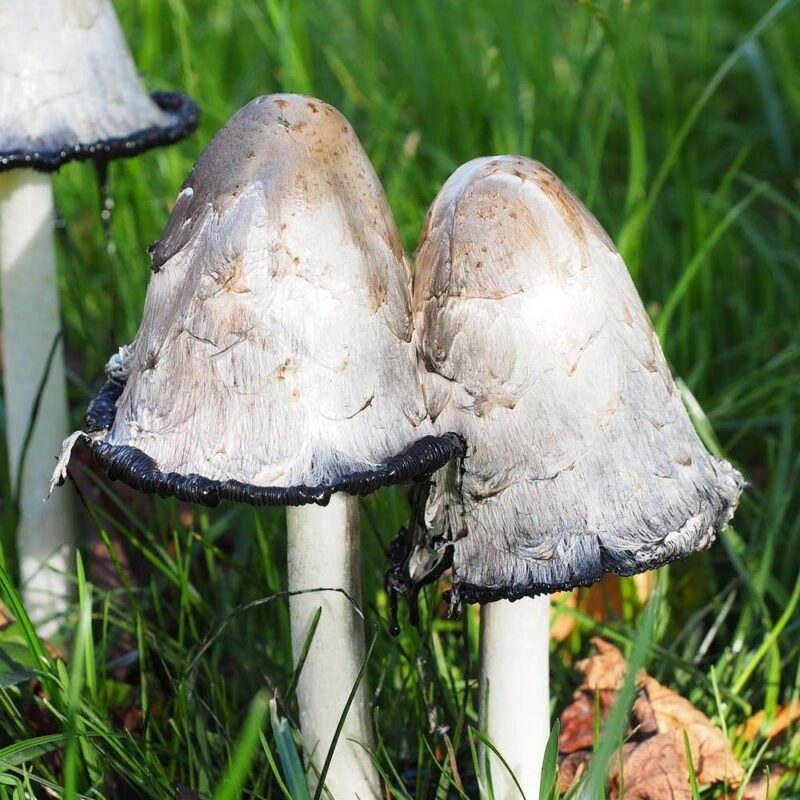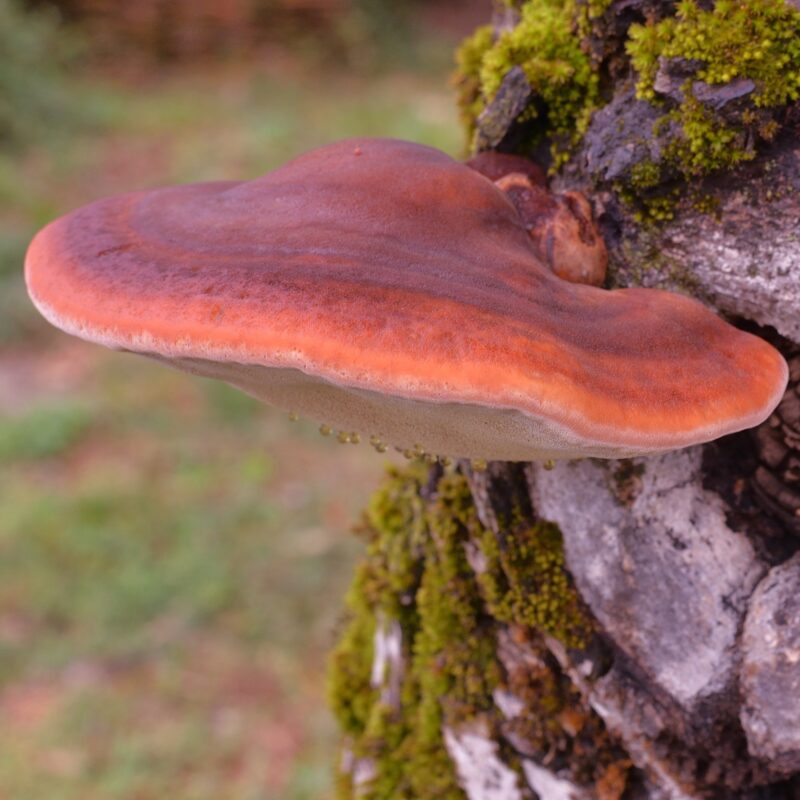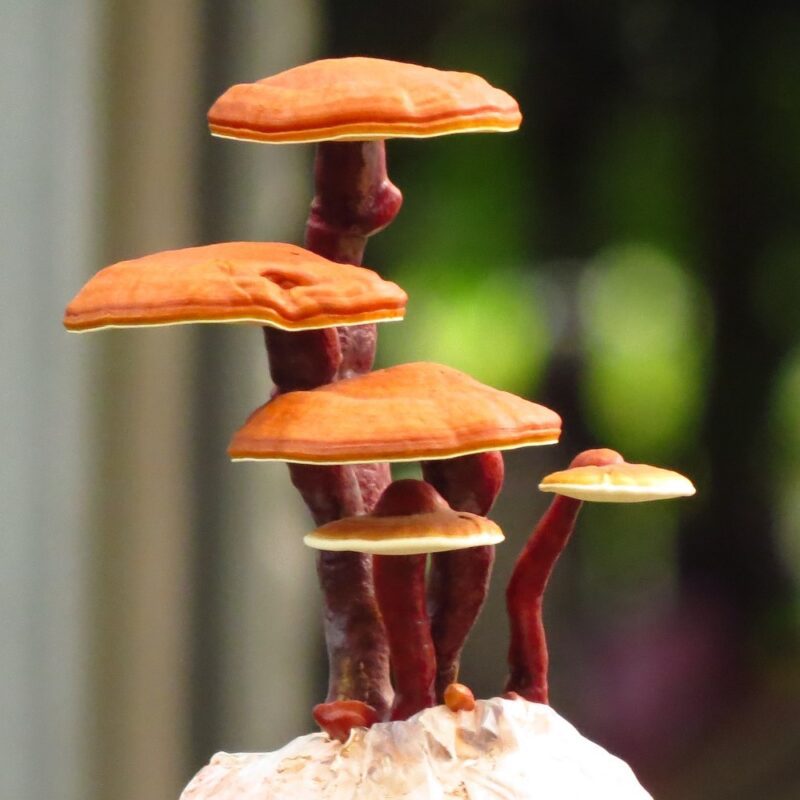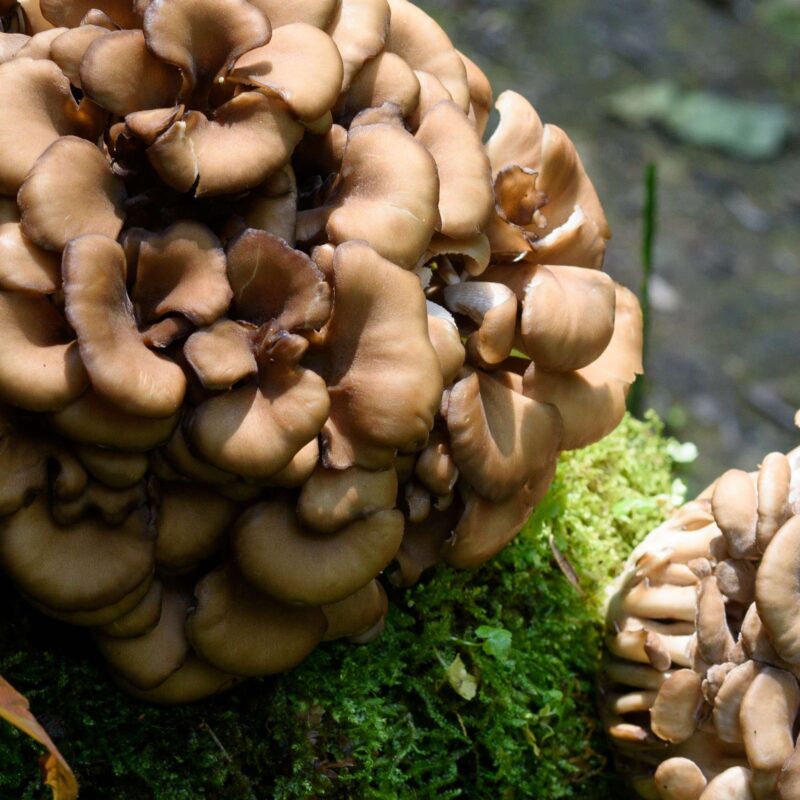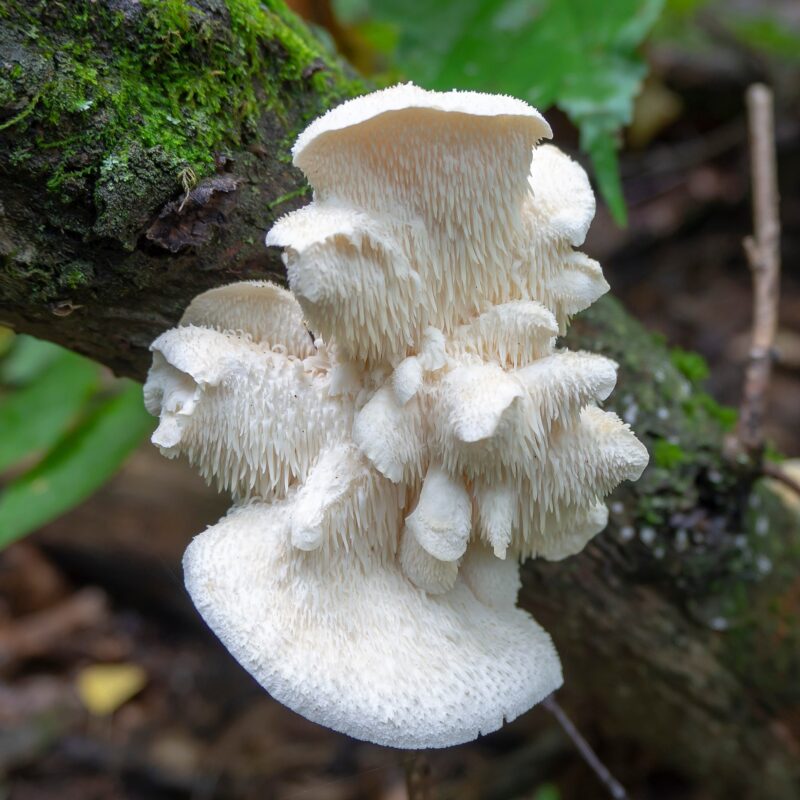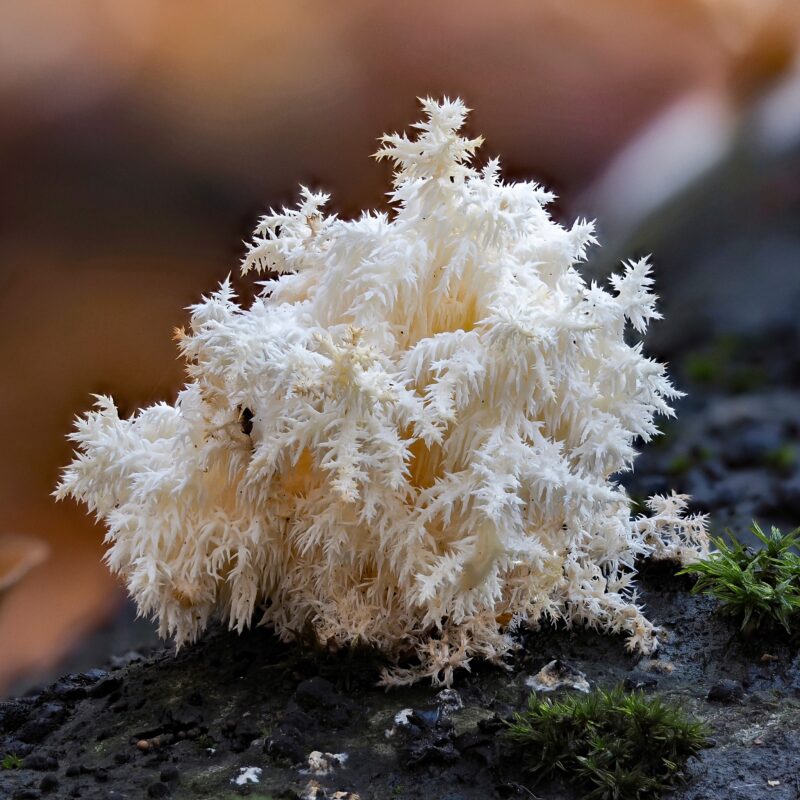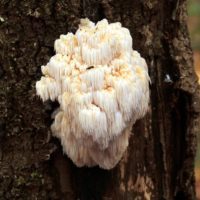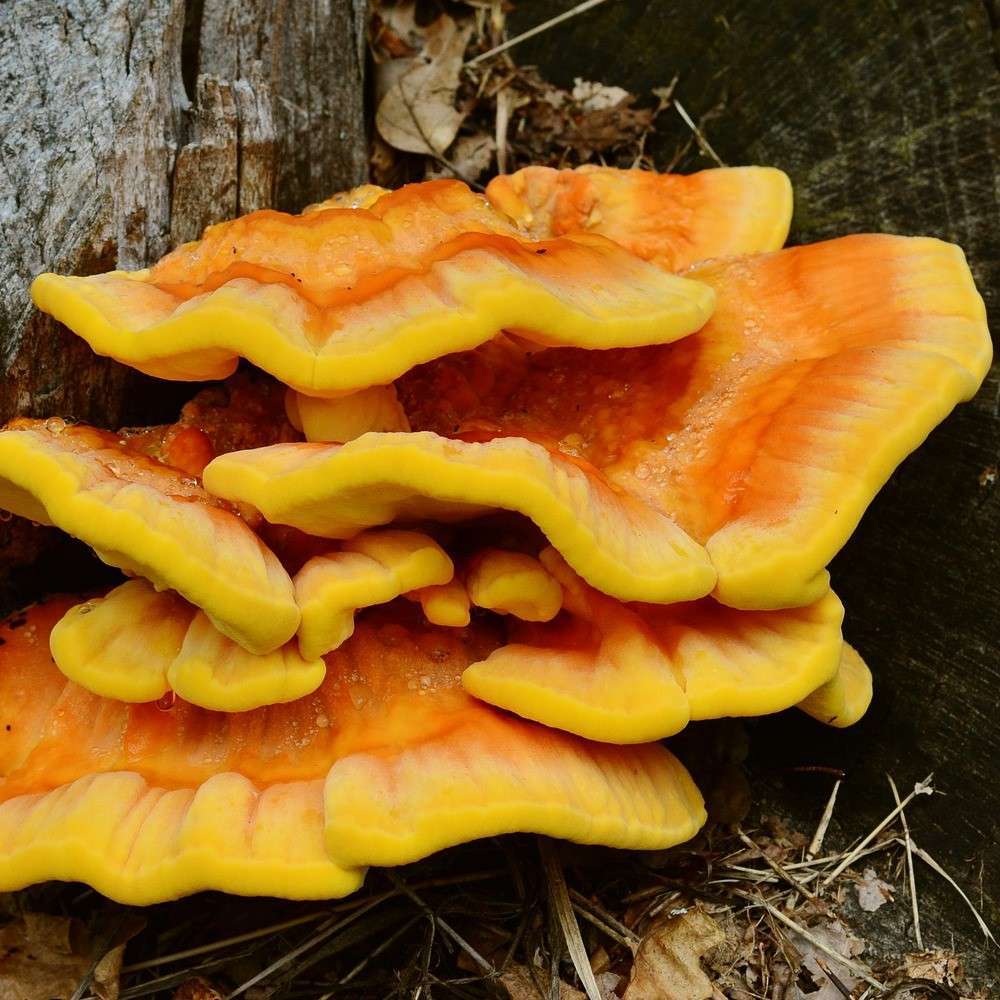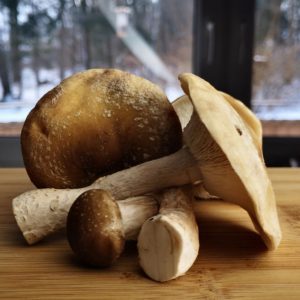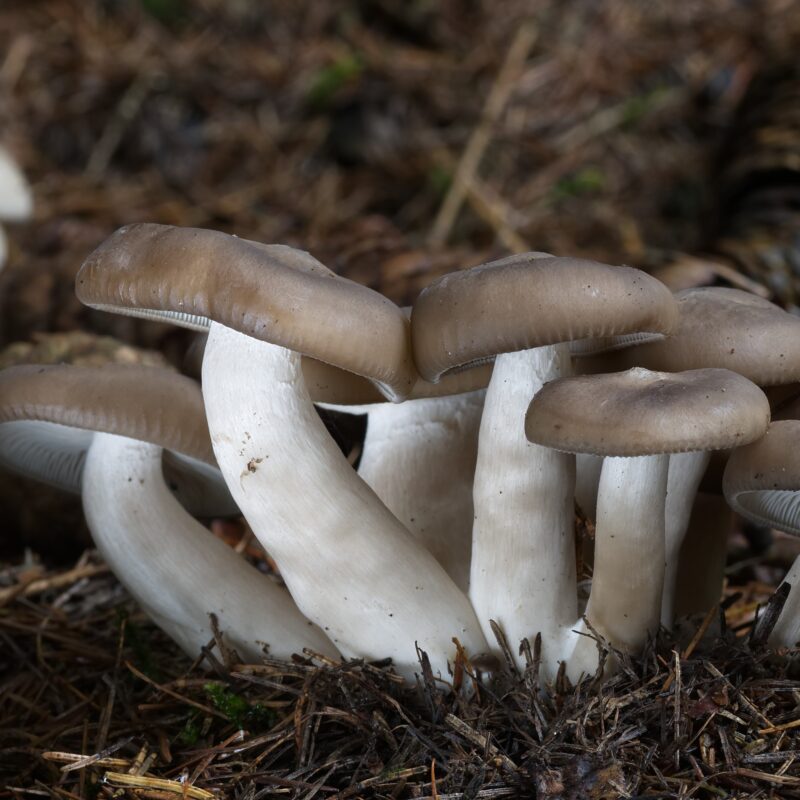Description
Properties
Pholiota nameko, also called nameko (jap. 滑子), Tuscany mushroom or golden cap, is a mushroom of the genus Strophariaceae. It lives saprobiontic and has a great importance especially as an ingredient of Japanese cuisine.
It is a relative of the golden cap mushroom, which is also native to Japan, but is only found in East Asia. In Japan it has been valued as a cultivated mushroom for a very long time. Lives as a decomposer on dead wood of beech or oak.
On infested wood, Pholiota nameko causes white rot: the wood progressively loses color, becomes fibrous, soft and loses its compressive strength. In the final stage of decay, it finally assumes a spongy consistency. Characteristic here are dark lines – spatially considered demarcation layers – that appear at the edge of the infested areas and along which the fungus regulates the moisture in the wood.
Pholiota nameko is also increasingly grown on a large scale in China. For example, production increased from one ton of cultivated mushrooms in 1986 to 172 tons in 2003. This makes the Japanese horsetail the tenth most cultivated mushroom in China. In terms of consistency and flavor, it does not come close to “our” horsetail.
In Japan and other East Asian countries, Pholiota nameko is a popular edible fungus and is mainly eaten in miso soups, soba and nabemono. For this purpose, the Japanese stick fungus, like other edible wood decomposers, is grown in culture. This involved placing logs infested with the fungus in water until the first half of the 20th century. Then this spore-soaked water was spread on trimmed pieces of wood. This method worked because the Japanese hollyhock fungus can also colonize wood that still contains living cells. In 1931, sawdust was used as a substrate for the first time. This method subsequently caught on and was optimized in the 1960s with the addition of wheat bran. Pholiota nameko cultivation has a long tradition in Japan, but is also associated with health risks. The spores of Japanese hollyhock sponge, inhaled over a long period of time, can lead to chronic pneumonia, also known in Japan as “mushroom farmer’s lung.”
According to Chinese studies, the water extract and sodium hydroxide of Pholiota nameko were 60% and 90% effective on sarcoma 180 implanted in rats. In addition, resistance to staphylococcal infection was significantly improved.
1. Growing
Growing Procedure
Namekos are generally not picky and quickly colonize even the simplest substrates without much concentrated feed.
Pholiota nameko thrives in a wide range of temperatures from 18° to 28°C with about 85-90% humidity in the room. They need sufficient fresh air, but only little light.
In the Far East, namekos are now preferably grown in bottles, where they are harvested only once. The Japanese market prefers bunches with crunchy small mushrooms.
However, Pholiota nameko still tastes excellent, even if it is screened. Disadvantage is the high spore load when it is allowed to grow larger.
A true swarm-former, benefits from few fruiting windows on the substrate block, but can also be fruited over a large area. Needs high moisture levels, but can get by with little light. Do not fruit nameko and herbaceous oyster in the same space, the spores of the nameko make the herbaceous oyster sick.
Growing
Agar Culture Media: MEA, MYA, PDYA, and DFA
Cropping: Two corps in 60 days, 10-14 days apart
Containers for fruiting: Autoclavable bottles and polypropylene bags
Biological efficience:
Substrates: 1 pound of mushrooms in the first flush from 5 pound blocks of hardwood sawdust (supplemented with rice bran)
Growing Characteristics
Pholiota nameko also has a conidial stage that allows sporulation directly from the mycelium. A single spore can project a homokaryotic mycelium and create fungi with homokaryotic spores.
S
|
P
|
F
|
|
|---|---|---|---|
Temp °C |
24-29 | 10-16 | 13-18 |
Relative Humidity % |
95-100 | 95-100 | 90-95 |
Duration d |
10-14 | 7-10 | 5-8 |
CO2 ppm |
>5000 | 500-1000 | 800-1200 |
FAE per h |
0-1 | 4-8 | 4-8 |
Light lux |
– | 500-1000 | 500-1000 |
Affiliate Partner
Natural Habitat
Pholiota nameko is a saprobiontic wood-dweller and is originally found only on the East Asian islands. In Europe, it is only found in cultivation. The fungus primarily colonizes dead wood of oaks and beeches.
On stumps and trunks of deciduous trees in temperate Asian forests, especially deciduous oak and beech
2. Identification
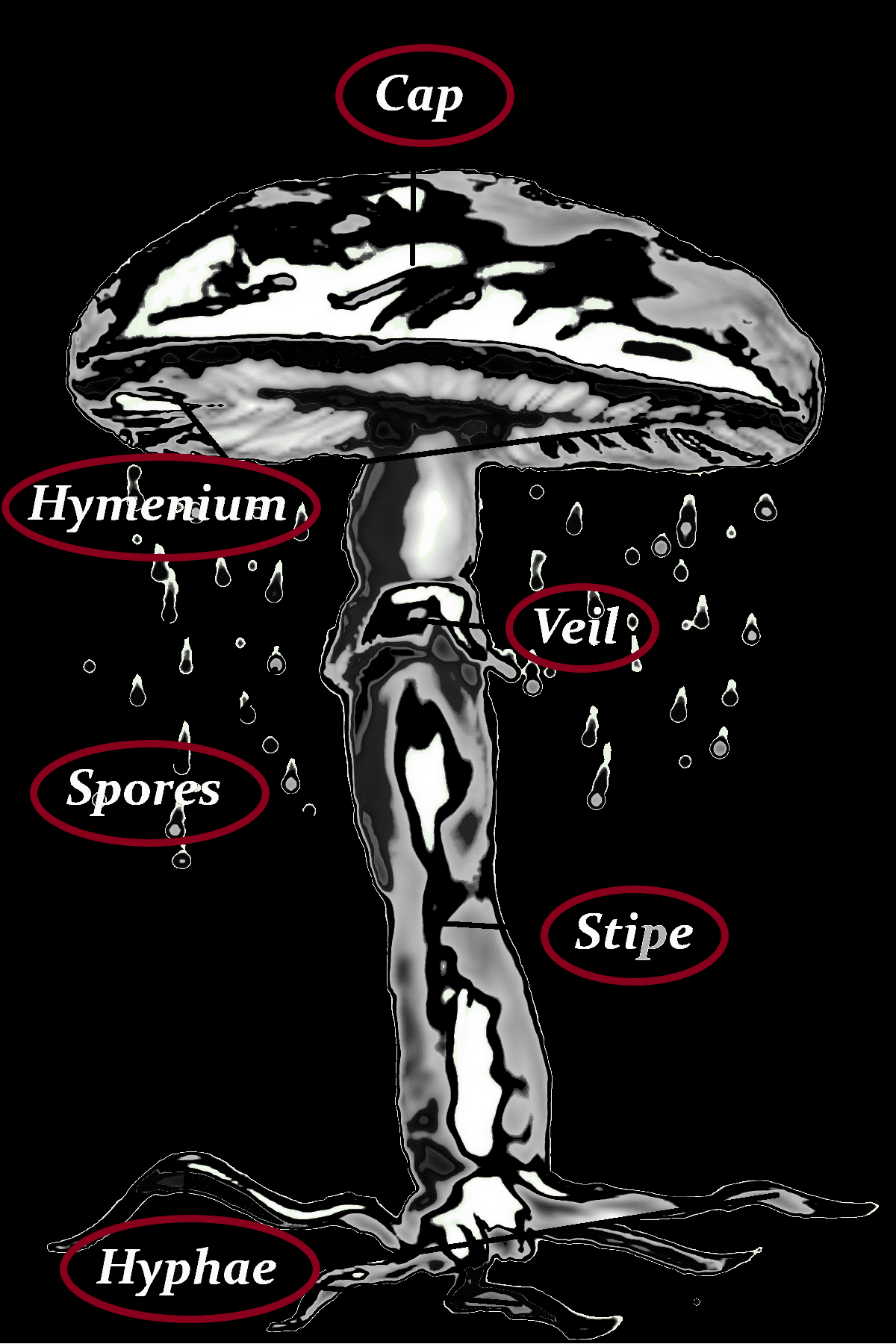
Cap
-3-8 cm
-hemispherical to convex
-finally flat
-surface is covered with an orange sticky slime that envelops the mushroom buds tightly and thins as the mushrooms mature
-the mucus quickly collapses, leaving a slimy coating
-smooth lid surface
Hymenium
-white to yellow, turning brown as they mature
-partial veil sticky/membranous
–adherent to upper regions of stalk or along inner peripheral margin
Veil
-brown
-viscous
-rapidly evanescent
Stipe
-5-8 cm long
-equal
-covered with fibrillae
-swollen near the base
Hyphae
-whitish
-longitudinally radial
-light orange or reddish from the center as the mycelium ages
-In sterilized grain, the mycelium is densely cotton-white and mottled with yellowish to orange areas when ripe
Spores
-cinnamon brown
-elliptical
-small 4 to 7 µ × 2.5 to 3.0 µ
-smooth
-without distinct germ pore
-absence of pleurocystidia
-clamp connections
Danger of confusion
Kuehneromyces mutabilis, Armillaria solidipes
3. Consuming
Gourmet
In Japan traditionally eaten as a soup mushroom, the taste is nice nutty, Pholiota nameko has a wonderful bite. The slightly slimy surface is not to everyone’s taste. However, after preparation, the slime is gone and binds the dish in a pleasant way.
Flesh
white
Taste
floury, mild
Smell
moldy, floury, not pleasant
Nutritional content
| Crude protein (N x 4.38) | 20.8% |
| fat | 4.2% |
| carbohydrates | 66.7% |
| ash | 8.3% |
| fiber | 6.3% |
| Vitamins (in milligrams per 100 grams dry weight): | |
| thiamine | 18.8 |
| riboflavin | 14.6 |
| niacin | 72.9 |
| Minerals (in milligrams per 100 grams dry weight): | |
| Calcium | 42 |
| potassium | 2.083 |
| iron | 22.9 |
| Sodium | 63 |
4. Data med, edible
other names
| Chinesisch (traditionell) | 光滑環銹傘 |
| Chinesisch (vereinfacht) | 光帽磷伞 |
| Chinesisch (vereinfacht) | 滑子蘑 |
| Chinesisch (vereinfacht) | 滑菇 |
| Chinesisch (vereinfacht) | 珍珠菇 |
| Estnisch | jaapani mampel |
| Tschechisch | šupinovka nameko |
| Türkisch | nameko mantarı |
| Wissenschaftl. Name | Pholiota nameko |
other names
Nameko or Namerako (Japanese For “Slimy Mushroom”), Slime Pholiota, Viscid Mushroom, Nameko, Namerako, Slimy Mushroom, Slime Pholiota, Viscid Mushroom, Toskana Pilz, Goldkäppchen, Japanisches Stockschwämmchen, Agaricus Microsporus, Collybia Nameko, Pholiota Nameko, Pholiota Glutinosa Kawam, Kuehneromyces Nameko
| Kingdom | Fungi |
|---|
| Division | Basidiomycota |
| Class | Agaricomycetes |
| Order | Agaricales |
| Family | Strophariaceae |
| Genus | Pholiota |
| Species | P. microspora |
| Ecology | Saphrobiontisch |



